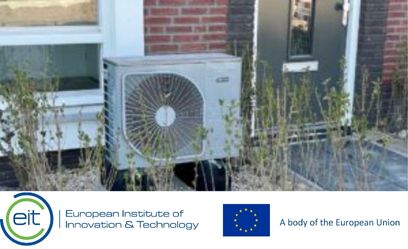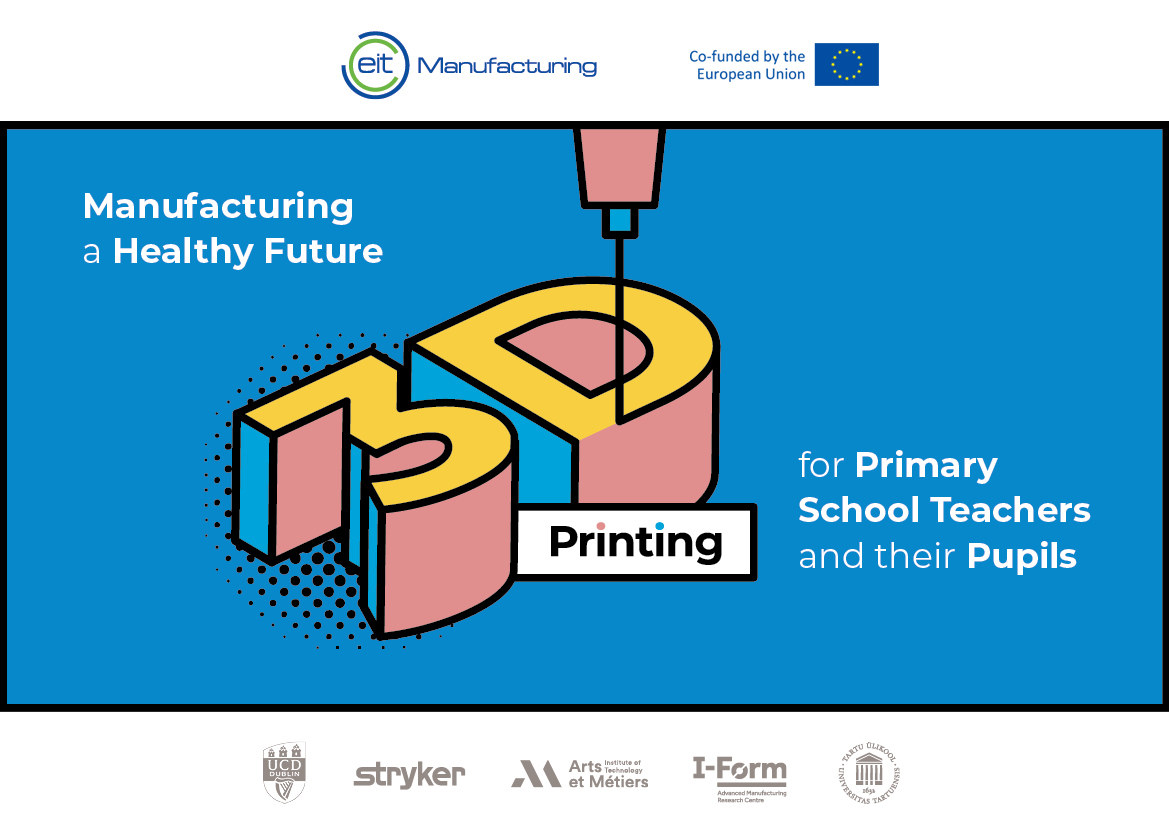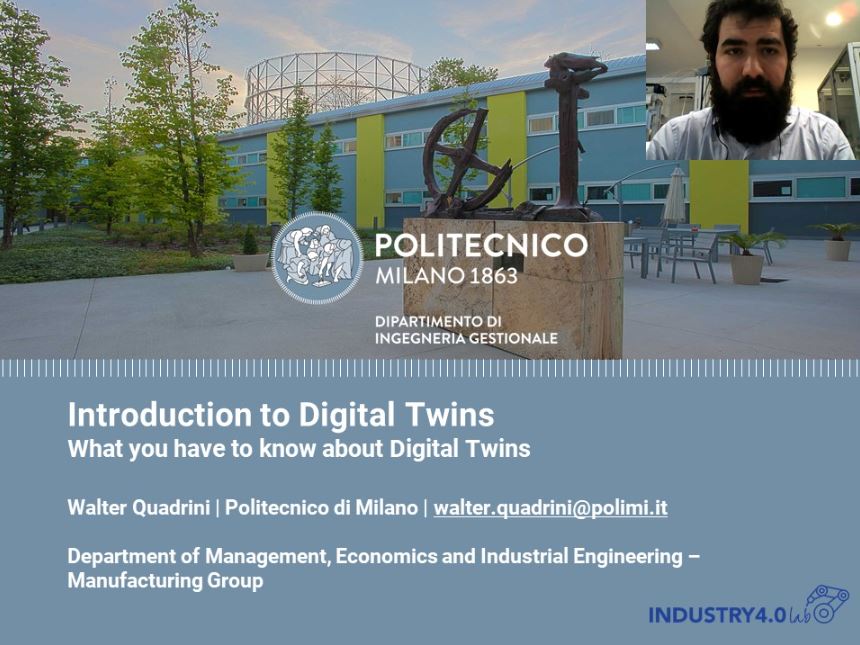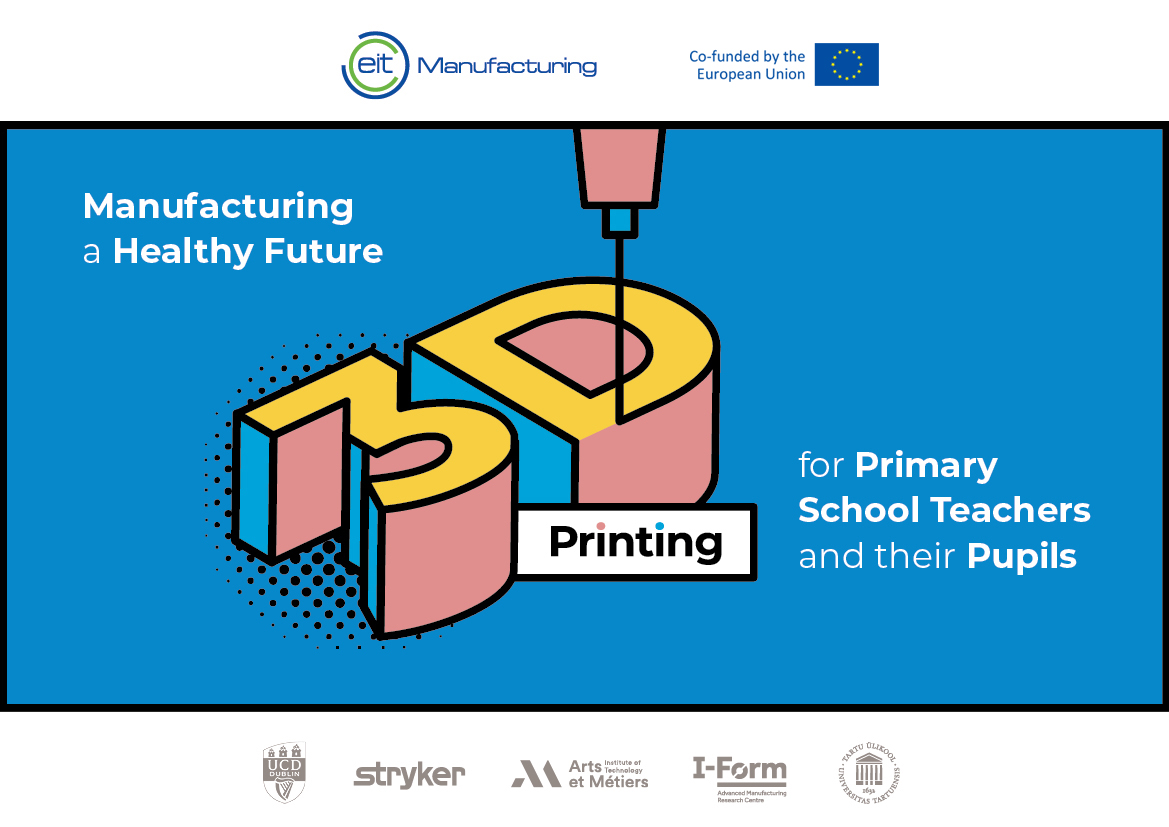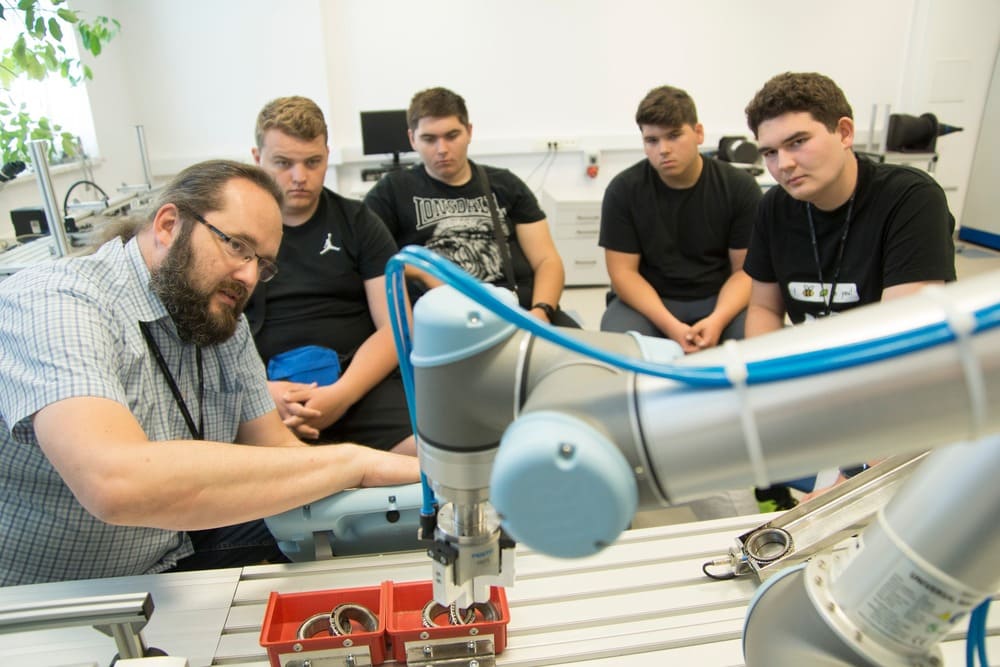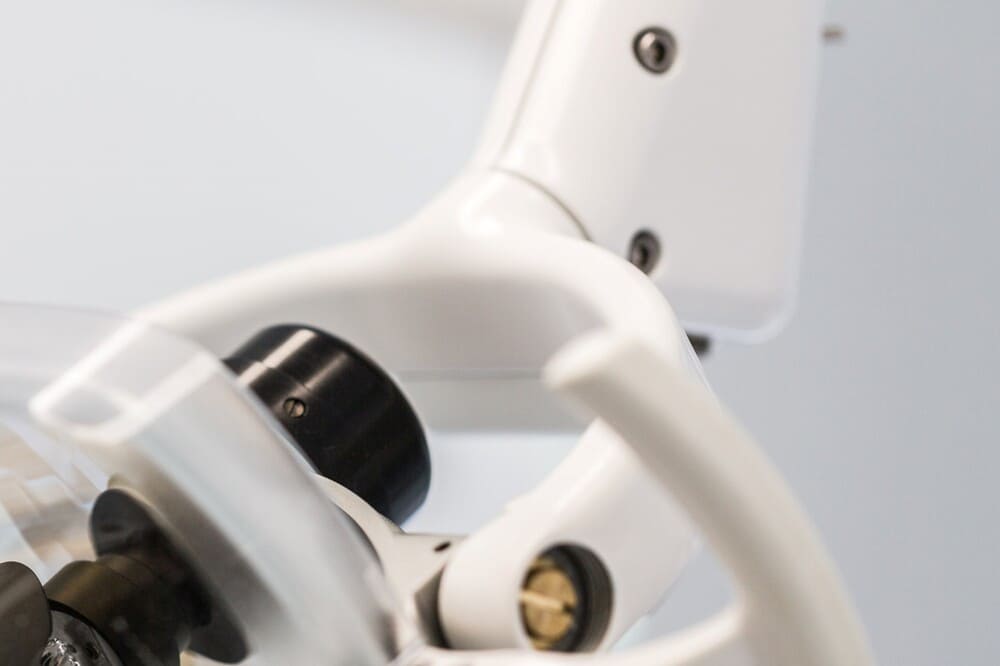Type of course:
Digital learning, Path
Language:
EN
Duration:
2 hours
Workload:
3 hours
Proficiency:
Intermediate
Target:
Professionals
This course is officially recognised and labelled by the European Institute of Innovation and Technology (EIT). EIT Label is a quality mark awarded to programmes demonstrating outstanding innovation, educational excellence and societal impact.
This learning path gives an introduction into the topic of heat transfer, heat exchangers and heat sinks. It discusses the physical principles, and how heat exchangers and heat sinks can be designed according to design parameters. Information is provided on typical designs and layouts, and their respective advantages and disadvantages. Additive Manufacturing is introduced as a method to manufacture new designs of heat exchangers, and in the end, the learner will be able to assess the increase in performance of different heat exchanger geometries. The learner will also be confronted with a heat transfer problem and apply a problem solving methodology to fulfil given requirements.
Learning outcomes
- The learner is able to use the basic understanding of the physical principles of heat transfer to compare different heat exchangers with regard to their use cases and analyze the effect of innovative geometric features on their heat transfer capability. The learner is able to apply fundamentals of heat transfer to simpler given problems.
- The learner is able to explore new ideas for heat exchanger designs, e.g. inspired by nature. The learner is able to interpret the outcome with regard to its impact on sustainability, i.e. the efficiency of the improved heat exchanger.
- The learner is able to interpret the heat exchanger design result from topology optimization. The learner is able to question the printability of the optimized designs, e.g. internal channels, thin walls, overhangs etc. The learner is able to choose suitable materials for the additive manufacturing of heat exchangers based on the mechanical and thermal properties of these materials.
LessonTypes of Heat Transfer
Course Content
LessonForced and Natural Convection
Course Content
LessonMaterial Characteristics for Heat Transfer
Course Content
LessonFundamentals of Insulation
Course Content
LessonWhat are Heat Sinks?
Course Content
LessonWhat are Heat Exchangers?
Course Content
LessonDesign Process of Heat Exchangers and Heat Sinks
Course Content
LessonDesign and Physical Parameters of Heat Sinks and Heat Exchangers
Course Content
LessonQuiz for Design of Additive Manufacturing Heat Exchangers
Course Content
Topics
Advanced Manufacturing, Additive Manufacturing
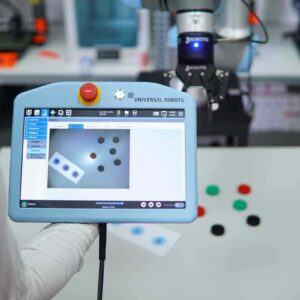 Integrating Universal Robots cobot and a vision system for manufacturing (959 LP)
Integrating Universal Robots cobot and a vision system for manufacturing (959 LP) 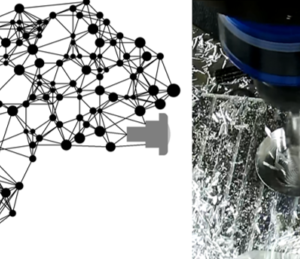 Theoretical background of using AI in process preparation and evaluation (LP762)
Theoretical background of using AI in process preparation and evaluation (LP762) 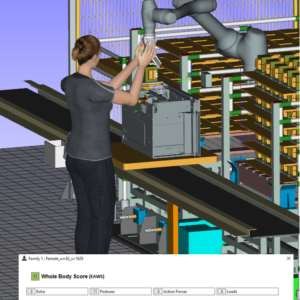 Ergonomic evaluation in a DHM software & Design working place with human-robot collaboration (655 LP)
Ergonomic evaluation in a DHM software & Design working place with human-robot collaboration (655 LP) 


